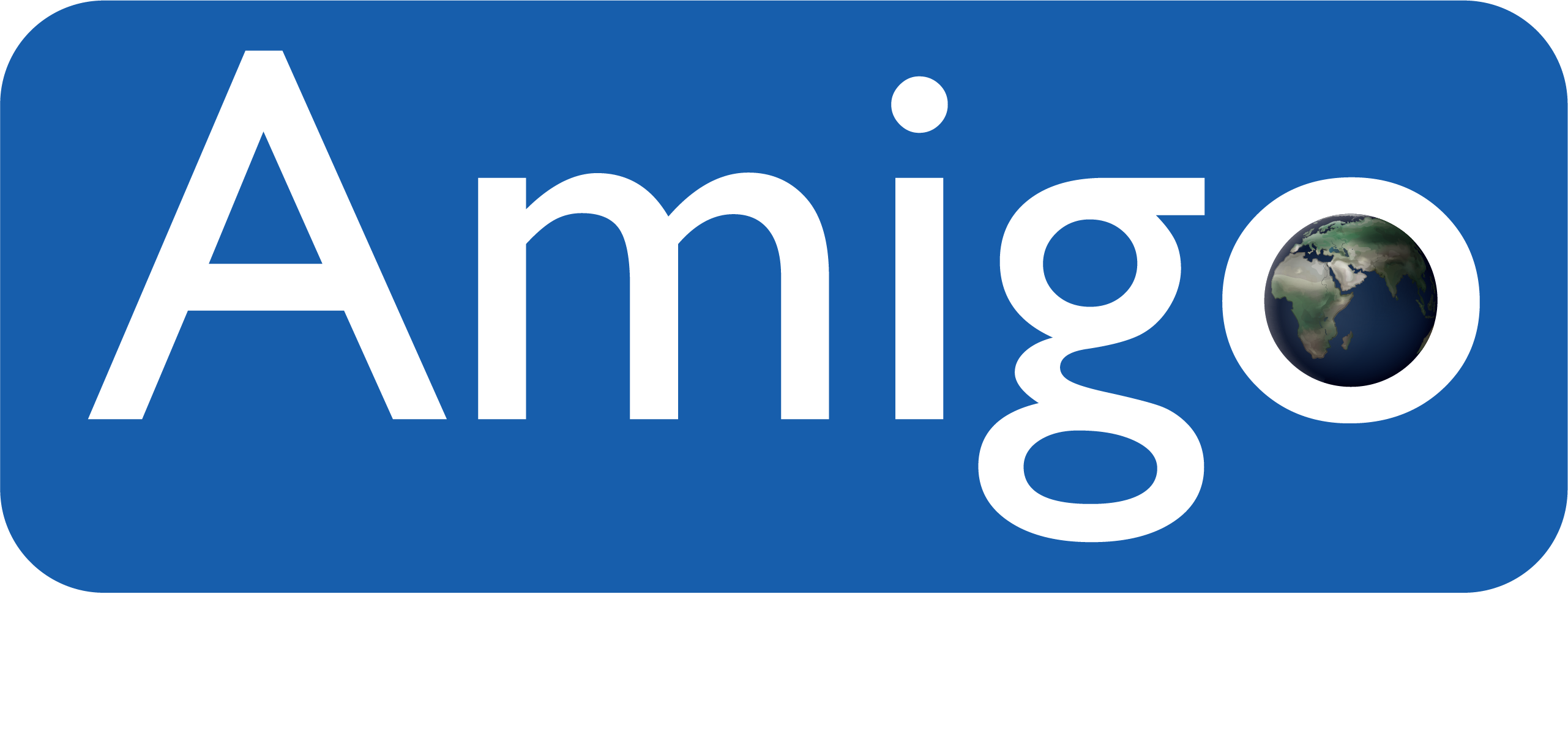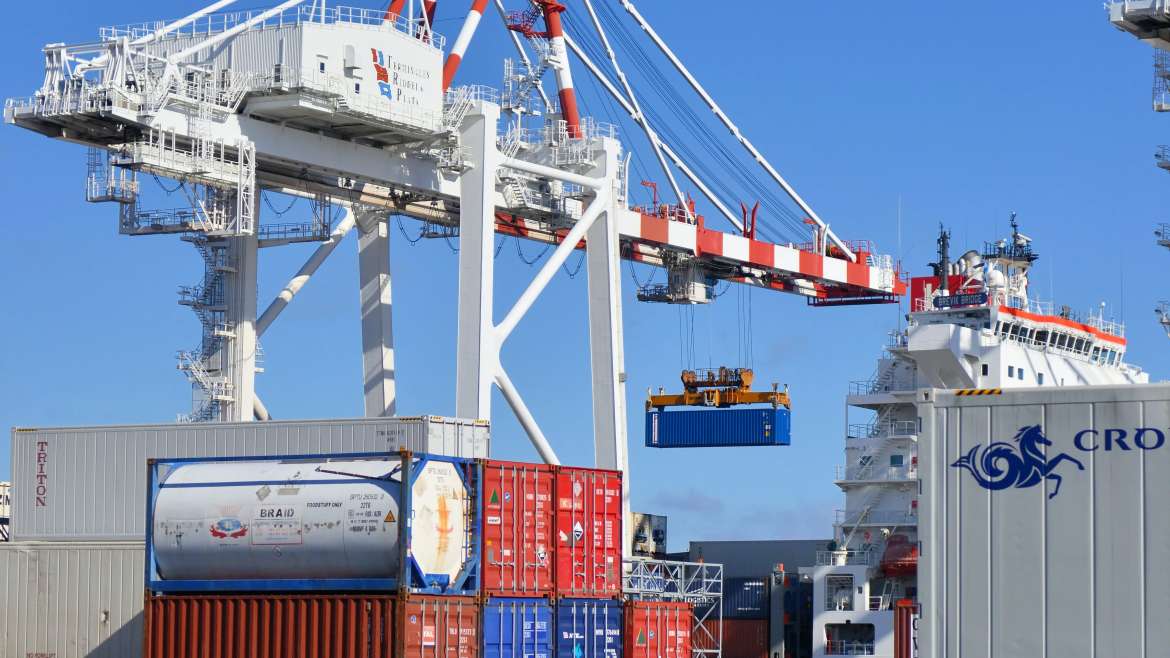Traveling back in time to the logistics landscape of 2016 provides us with a unique perspective on the trends, challenges, and innovations that shaped the European logistics industry during that year. While we often focus on the latest developments, revisiting the past can be equally enlightening. In this blog, we’ll take a nostalgic journey to 2016 and uncover the key logistics updates that made headlines.
The European Logistics Landscape in 2016
- Brexit Uncertainty: In 2016, the United Kingdom voted to leave the European Union, creating considerable uncertainty in the logistics industry. The potential impact on customs procedures, cross-border trade, and supply chain efficiency was a hot topic of discussion.
- Green Logistics: Environmental concerns were gaining momentum in the logistics sector. Companies were starting to implement eco-friendly practices, such as electric delivery vehicles and sustainable packaging, in response to growing awareness of climate change.
- Digital Transformation: The logistics industry was beginning to embrace digital technologies, with an increased focus on automation, data analytics, and the Internet of Things (IoT) to optimize operations.
- E-commerce Boom: E-commerce was on the rise, with consumers increasingly turning to online shopping. This shift had significant implications for last-mile delivery and warehouse management.
- Driver Shortages: The industry faced a shortage of skilled drivers, which put pressure on companies to attract and retain talent. This challenge prompted a shift toward driver training and retention programs.
Key Events and Changes in 2016
- Hamburg Port Strike: The Port of Hamburg in Germany faced a strike, which caused disruptions to shipping schedules and supply chains. This event highlighted the vulnerability of logistics operations to labor disputes.
- EU Regulations: The European Union continued to introduce regulations aimed at reducing emissions and improving road safety. These regulations had a significant impact on logistics operations and vehicle fleets.
- Infrastructure Investments: Several European countries made substantial investments in transportation infrastructure, such as expanding ports, highways, and rail networks to support growing trade and logistics needs.
- Rise of Mobile Apps: Mobile apps and platforms for logistics management gained popularity, offering real-time tracking, order processing, and better communication between shippers and carriers.
A Glimpse into the Present: What’s Changed Since 2016
Fast forward to today, and we can see how the logistics industry has evolved since 2016. The impact of Brexit has become clearer, digital transformation is more pervasive, and sustainability is a top priority for many logistics companies.
As we reminisce about the European logistics landscape in 2016, we gain a better understanding of the industry’s journey and how it has adapted to meet the challenges and opportunities of the present day. While we focus on the future, it’s important to occasionally take a step back and reflect on the past to appreciate the progress made and the lessons learned.


Leave a reply